Physical therapists identify common habits that can hinder mobility and safety after 60.
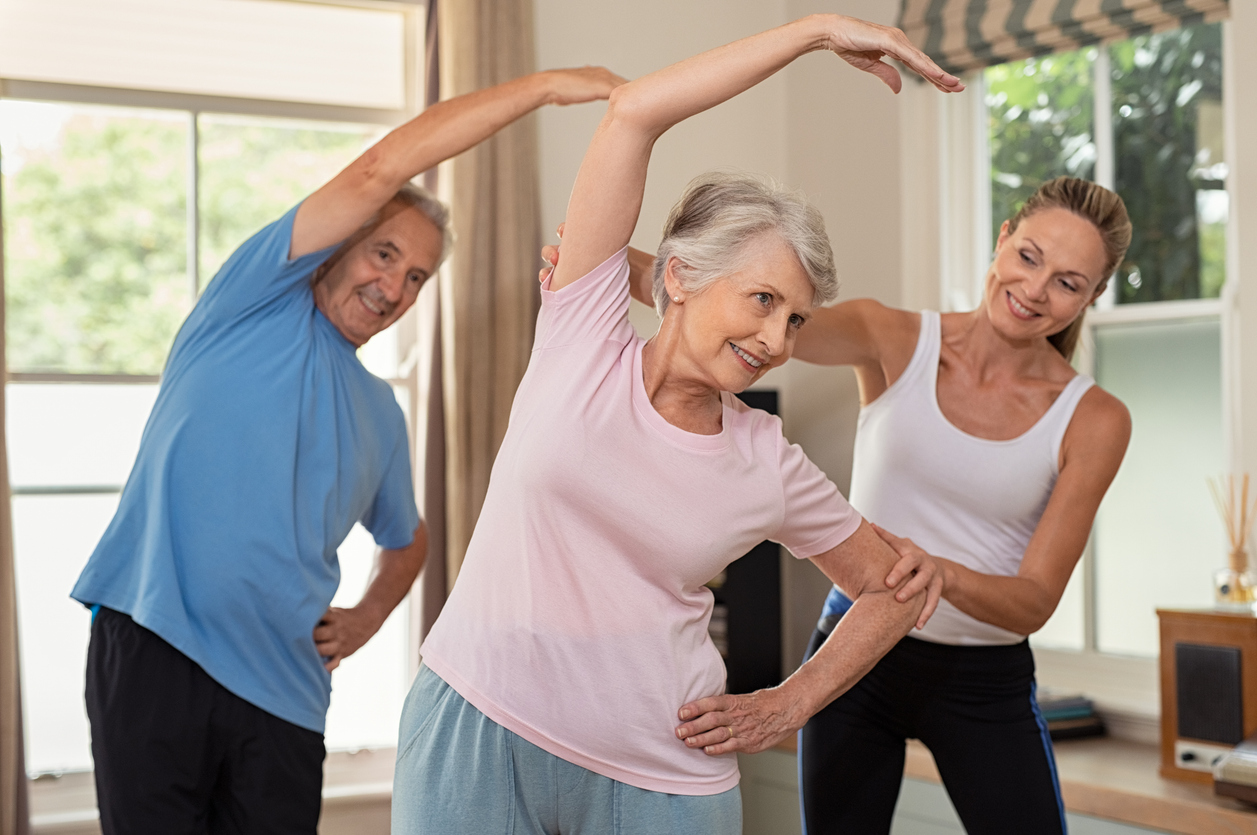
As we age, certain everyday habits can unintentionally compromise our physical health and independence. Physical therapists highlight behaviors that older adults should reconsider to protect joint health, maintain balance, and reduce the risk of injury. Becoming aware of these habits and making mindful adjustments supports better mobility and enhances overall wellbeing, allowing individuals over 60 to enjoy a more active and comfortable life.
1. Avoid sitting for long periods without standing or stretching regularly.

Extended periods of sitting can affect circulation and mobility, particularly in aging adults. Physical therapists emphasize the importance of breaking up sedentary time to mitigate these effects. Short, frequent breaks to stand or stretch help maintain joint flexibility and prevent stiffness, as mentioned in The Independent.
Mobility and comfort can be preserved by integrating simple activities into daily routines. A brief walk around the living room or a series of gentle stretches offers relief akin to unfolding a tightly creased piece of paper. This practice ultimately supports long-term health and wellbeing.
2. Stop ignoring chronic pain and seek professional guidance promptly.

Persistent pain, often ignored, signals that something needs addressing. Ignoring these signals might lead to greater issues over time. Seeking professional guidance early can help manage underlying concerns and promote healthier movement.
By consulting physical therapists, tailored strategies emerge to alleviate discomfort and resolve chronic conditions. Timely intervention transforms potential long-term issues, akin to fixing a tiny leak before it floods the house, according to AOL.com. Proactive care encourages improved function and comfort.
3. Refrain from overusing mobile devices in positions that strain the neck.

Prolonged use of mobile devices in awkward positions contributes to neck strain and discomfort. Physical therapists have identified poor posture during device use as a common issue that tends to manifest as pain or stiffness.
Elevated, eye-level screens preserve neck alignment and reduce muscular stress. This alignment resembles holding a book up rather than bending over to read, as suggested by Choose PT. Thoughtful postures during tech use help maintain spinal health and prevent cumulative damage.
4. Quit neglecting balance exercises that help prevent falls and injuries.
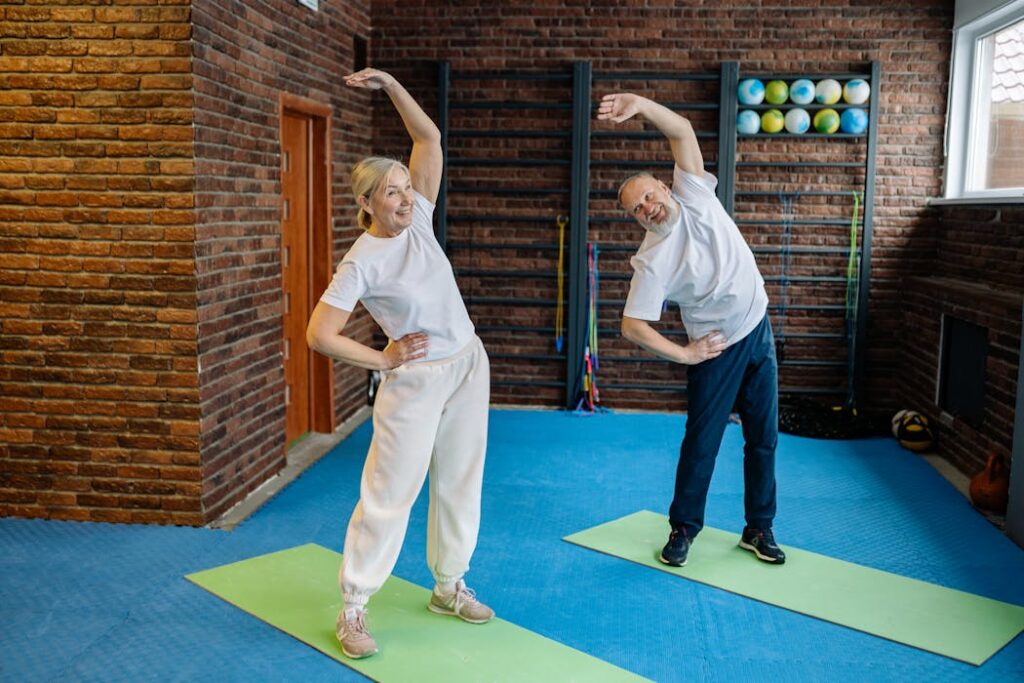
Neglecting balance exercises increases the risk of falls, especially in older adults. Physical therapists regard balance as central to independent living and recommend its consistent practice. Incorporating balance activities supports stability and coordination.
Activities like standing on one foot or gentle Tai Chi movements enhance spatial awareness and reflexes similar to sharpening reflexes through dance. Focusing on balance fortifies confidence, reducing accident risks and encouraging active lifestyles.
5. Cease lifting heavy objects without proper technique and support.

Lifting heavy objects improperly can strain the back and joints. Using the correct technique ensures safety and reduces the chance of injury. Physical therapists emphasize bending at the knees and keeping loads close to the body.
Utilizing equipment like a dolly or asking for assistance mirrors the wisdom of teamwork in tackling challenges. Engaging core muscles further stabilizes the body during lifting, akin to anchoring a structure with steel cables, preventing strains and accidents.
6. Avoid skipping warm-up routines before engaging in any physical activity.
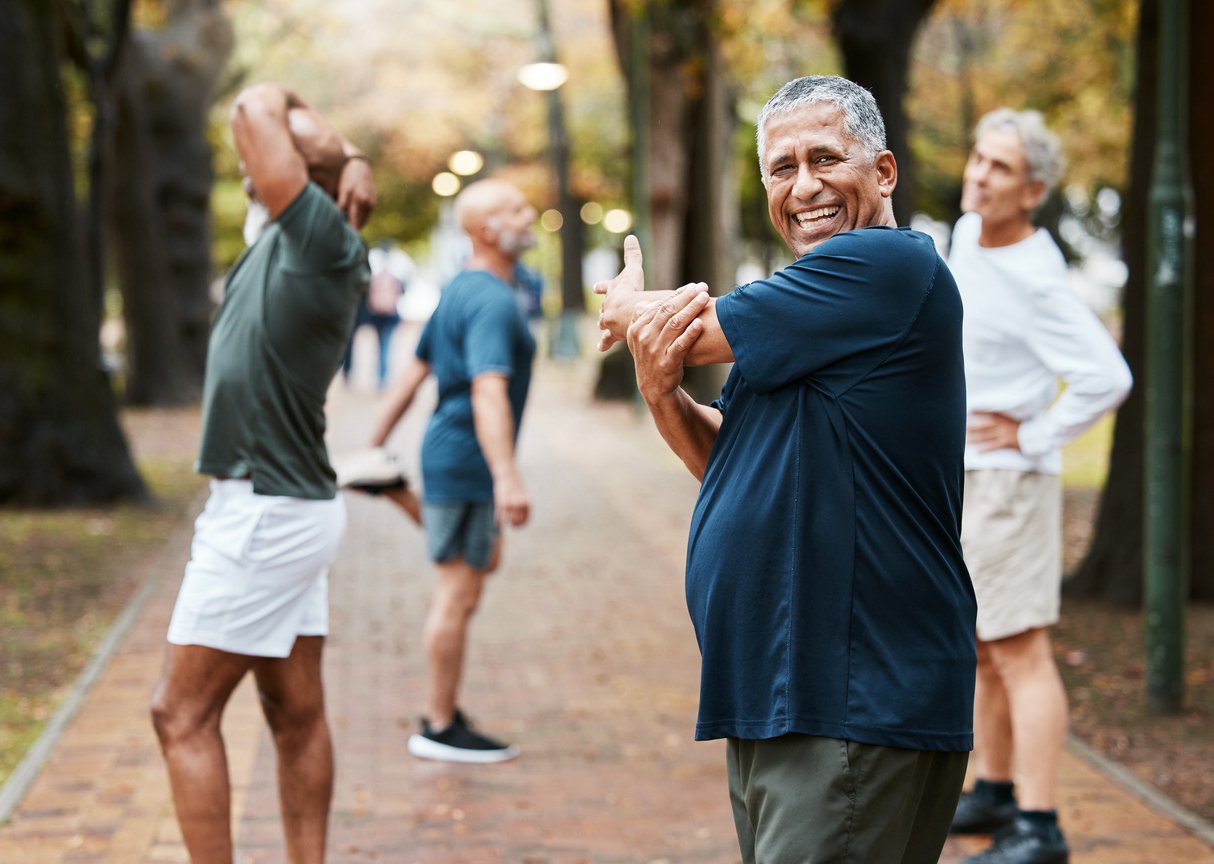
Skipping warm-up routines risks muscle strain or injury during physical activities. Physical therapists highlight the role of warm-ups in preparing the body, improving circulation, and reducing injury risk. Simple activities like light walking effectively ready the muscles for action.
A warm-up primes the body in a manner similar to idling a car engine before a drive. This preparation confirms readiness, eases transitions into more demanding exercises, and enhances comfort during movement, protecting vulnerable areas.
7. Do not underestimate the importance of consistent hydration throughout the day.

Staying consistently hydrated supports numerous bodily functions including joint lubrication and muscle function. Physical therapists remind older adults of the importance of this simple habit, as hydration impacts overall health positively.
Adequate water intake throughout the day resembles setting a gentle rhythm, subtly nourishing the body’s systems. Consistent hydration maintains energy levels and cognitive function, contributing to one’s ability to engage in daily activities with clarity and ease.
8. Stop wearing unsupportive footwear that can affect posture and stability.
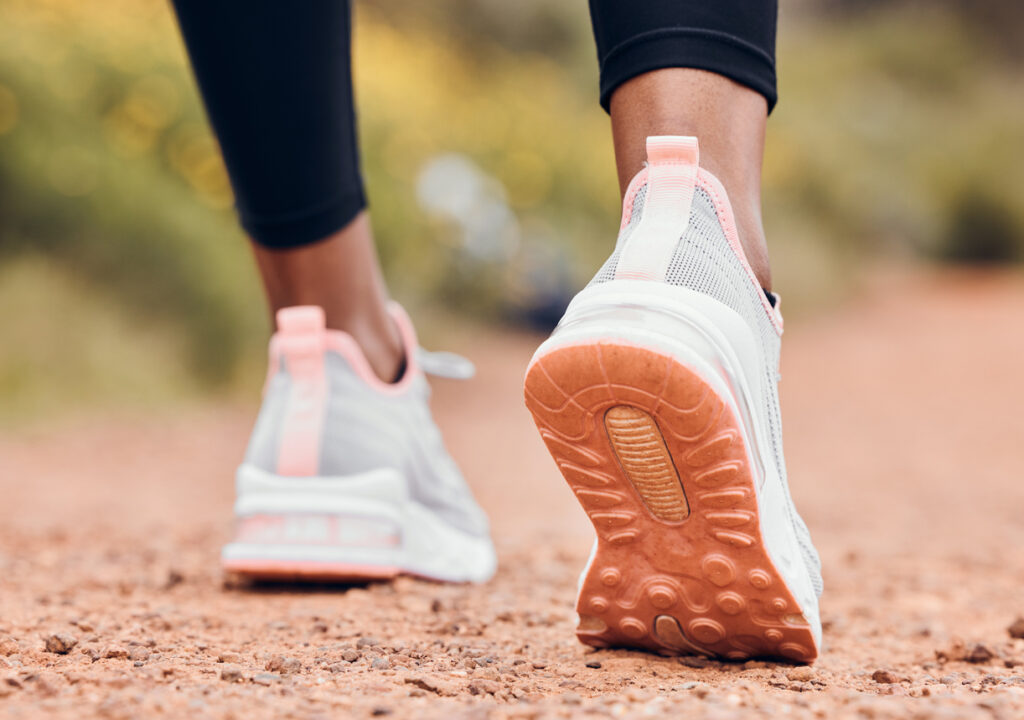
Unsupportive footwear can disrupt posture and impair walking stability. Physical therapists stress the importance of choosing shoes that offer balance and arch support, akin to building a secure foundation for a house. Proper footwear enhances comfort during prolonged standing or walking.
Supportive shoes preserve foot alignment, similar to tracks guiding a train smoothly. Maintaining alignment ensures steps are confident and prevents gradual bodily wear, contributing to better posture and mobility.
9. Resist pushing through sharp or severe pain during exercise or movement.
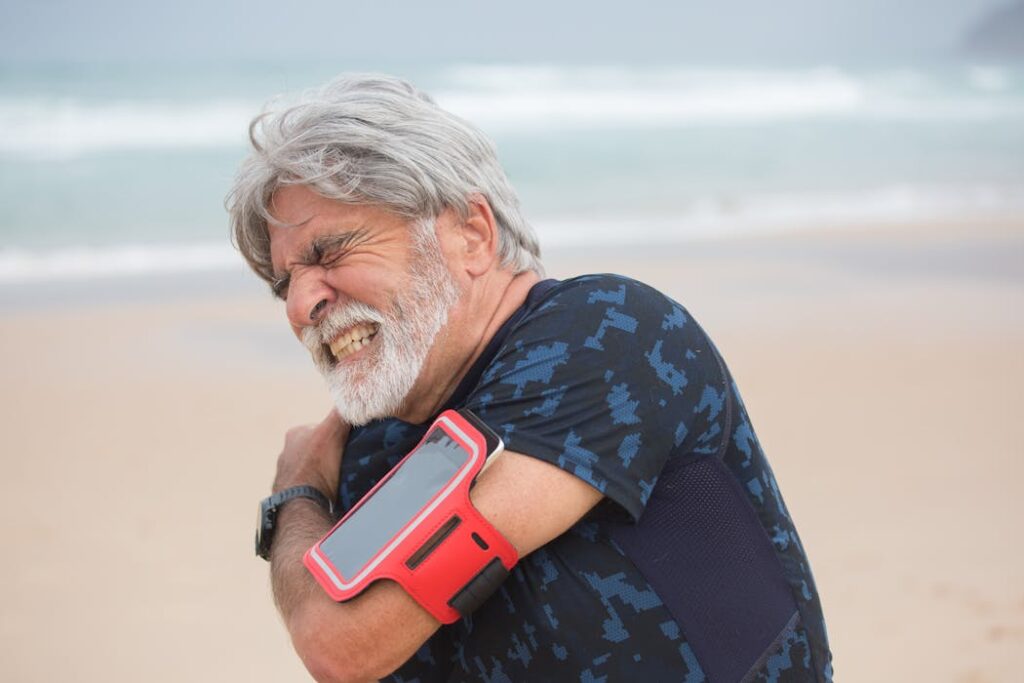
Pushing through severe pain during movement might worsen conditions over time. Physical therapists advise heeding sharp pain as a signal to pause and assess. Continuing despite pain can exacerbate injuries, turning manageable issues into chronic problems.
Sensitive attention to bodily signals safeguards health, akin to avoiding roads with danger signs. Halting when sharp pain arises fosters healing, allowing for gentle, recuperative progress and preserving the body’s integrity.
